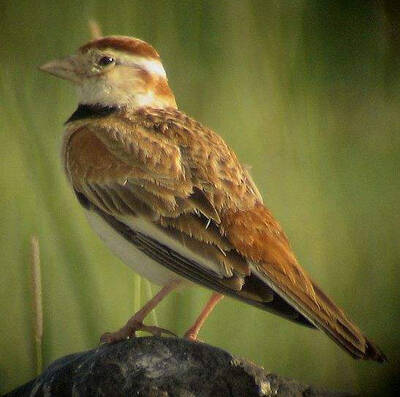
Mongolian Sky Lark, a small songbird with no subspecies.Mongolian Sky Lark often moves alone or in pairs during the breeding season, but likes to gather in groups during the non-breeding season, especially during migration, often gathering in large groups, sometimes with hundreds or even thousands o...
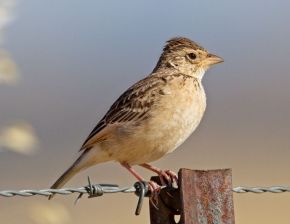
The Australasian Lark is a small songbird with 16 subspecies.The song lark often moves alone or in pairs, and sometimes in small groups. It is lively and often runs and jumps on the ground. Sometimes it flies straight into the air from the ground. When it reaches a certain height, it spreads its win...
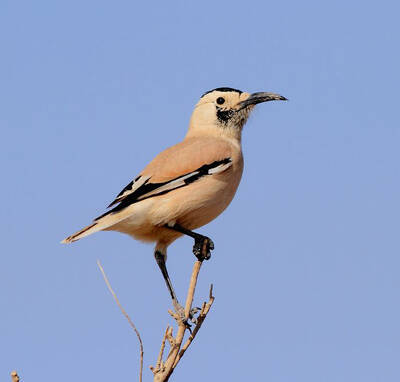
White-tailed Ground-jay is called Xinjiang Ground-jay in foreign language, and has no subspecies.White-tailed Ground-jay is a resident bird. It mainly runs, moves and forages in the desert on the ground. It often moves alone or in pairs, is good at running, moves quickly, and rarely flies except in...

The black-tailed ground jay is called Mongolian Ground-jay in foreign language, and has no subspecies.The black-tailed ground jay is a resident bird. It mainly moves on the ground, moves agilely, runs fast, and rarely flies unless in an emergency. Each flight usually takes a few dozen to more than 1...
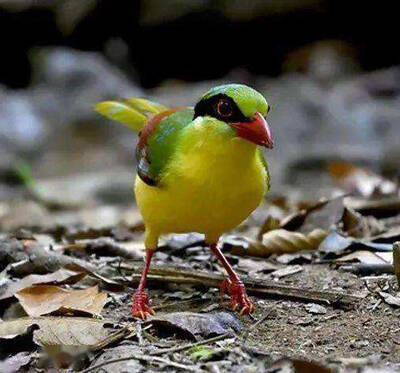
Yellow-breasted Magpie, also known as Yellow-breasted Magpie, has 5 subspecies.Yellow-breasted Magpie moves in pairs or small groups, often making loud calls but rarely appearing. It preys on insects in the lower levels of the forest. It is a mixed species, and its food composition changes with the...
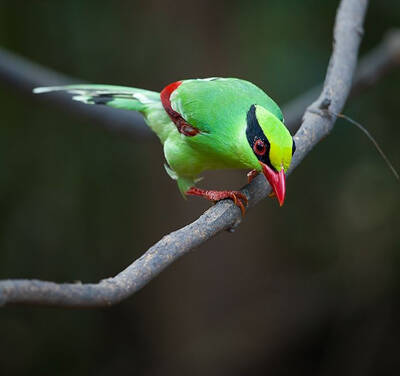
Common Green Magpie, with 5 subspecies.Common Green Magpie is a resident bird. It often moves alone or in pairs, and sometimes gathers in small groups of 3-5. It mainly feeds on insects such as Lepidoptera, Hymenoptera, beetles, locusts, and also eats small vertebrates. It mainly feeds on trees, but...
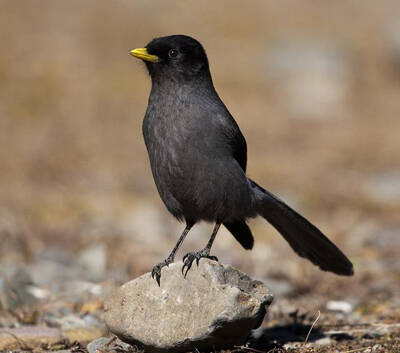
Black-headed Jay, no subspecies.Black-headed Jay usually moves alone or in pairs. When they move in pairs, they fly in a line in the woods, one in front of the other, not far from each other, and occasionally chirp to respond to each other. The chirping sounds like "ga-a, ga-a", with the f...
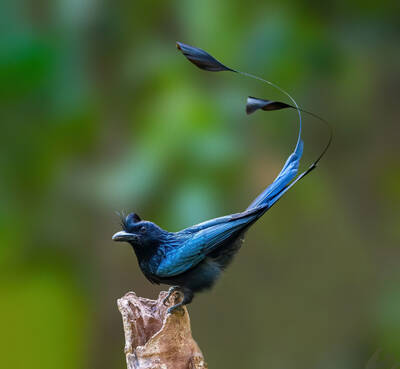
Greater Racket-tailed Drongo has 13 subspecies.Greater Racket-tailed Drongo is mainly a resident bird, and some are summer migrants, wandering elsewhere in winter. The Great Discus often rests on a solitary tree in an open space. Occasionally, it suddenly takes off, quickly chases the flying insects...
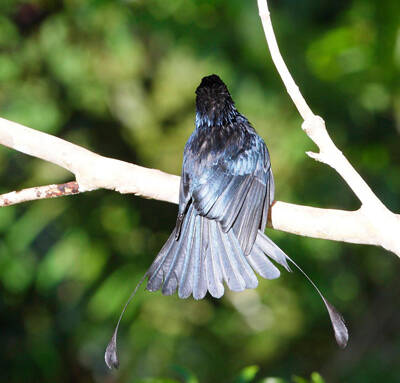
Lesser Racket-tailed Drongo has four subspecies.Lesser Racket-tailed Drongo often stays on the top of isolated trees for a long time, and sometimes suddenly flies up quickly to catch flying insects in the air, or fly through dense trees. It flies slowly, with the "disk-shaped tail" of the...
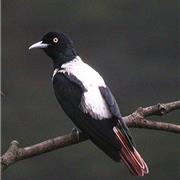
Silver Oriole, a medium-sized songbird, is a single species with no subspecies differentiation. It was once a subspecies of the red oriole.Silver Oriole is a summer migratory bird. Arboreal, often moving alone or in pairs, sometimes seen in loose groups of 3-5. Mainly active in the canopy of tall tr...
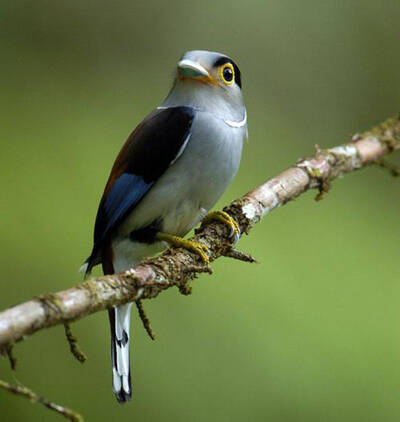
Silver-breasted Broadbill, also known as Silver-breasted Broadbill, has 10 subspecies.Silver-breasted Broadbill often moves in small groups, especially groups of 10-20 or more. They often move under the canopy. It likes to stay still, is not good at jumping and singing, and its singing sound is low...
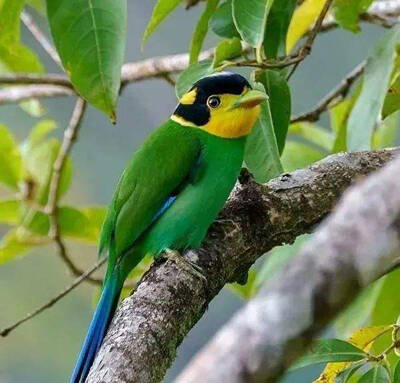
The foreign name of the long-tailed broadbill is Long-tailed Broadbill, and there are 5 subspecies.Long-tailed broadbill is often seen in groups of more than ten or even twenty or thirty, foraging; they mainly feed on insects and fruits. They usually live quietly on bushes or small trees in the shad...
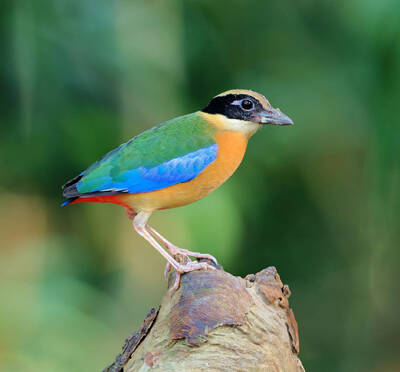
The blue-winged pitta is called Indian Pitta in foreign language, and has no subspecies.Blue-winged pitta is often seen in groups of 10-20 under the canopy, or on nearby branches. It likes lowland shrubs and secondary forests. It jumps on the ground like a thrush. It is active in the shade and wet p...
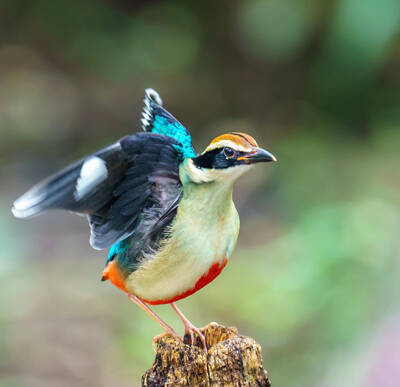
Fairy Pitta, also known as Fairy Pitta, has two subspecies.Fairy Pitta is a summer migratory bird and a traveling bird. It often moves alone in the grass under the bushes, foraging while walking on the ground. It is agile, alert and timid, good at jumping, and often jumps and walks on the ground. It...
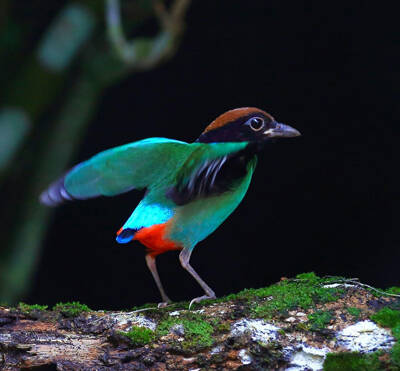
The green-breasted pitta is called Hooded Pitta in English, and has 12 subspecies.The green-breasted pitta is mostly seen alone, and sometimes 2~3 are seen together. It often digs up fallen leaves in wet leaf houses, frequently turning over dead branches and leaves on the ground with its feet to fin...
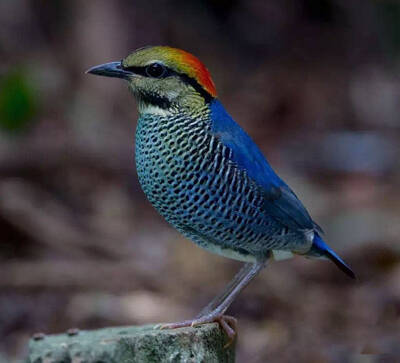
Blue Pitta, also known as Blue Pitta, has three subspecies.Blue Pitta runs on the ground, foraging for food, and feeds mainly on insects such as beetles. They are resident birds and rarely fly. In the Indian subcontinent, due to the local seasonal climate, there is a phenomenon of short-term migrati...
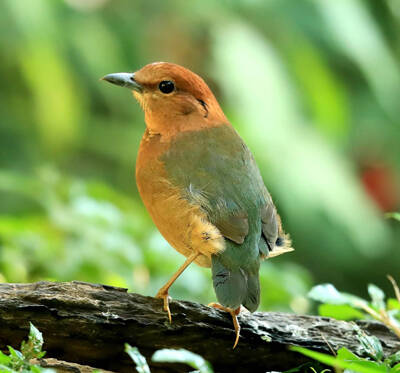
The Rusty-naped Pitta is called Rusty-naped Pitta in English, and has 4 subspecies.The Chestnut-headed Pitta does not form groups, and is seen alone or in pairs in winter or summer. The legs are long and strong, and they are good at running and jumping. They frequently use their feet to turn over th...
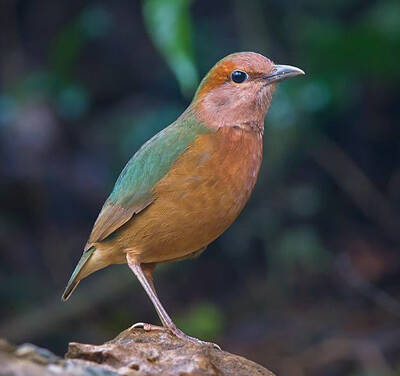
Blue-rumped Pitta, also known as Blue-rumped Pitta, has 5 subspecies.Blue-rumped Pitta usually hides in bushes and grasses, and when frightened, it flies a short distance along the ground to escape. The sound is subtle. It often digs up fallen leaves in the wet ground, frequently turning over the de...
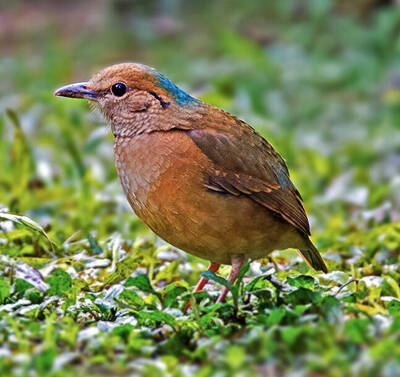
Blue-naped Pitta, also known as Blue-naped Pitta, is a medium-sized bird of the Passeriformes family, with two subspecies.Blue-necked Pittas often move alone or in pairs, mostly on the ground under the forest or among the bushes, and are more active in the early morning and evening. They often move...

Double-braided Pitta, with no subspecies.Double-braided Pitta forages in bamboo forests and bushes, using its powerful claws and beak to flip dead leaves on the ground to find food, feeding on insects. They often move on the ground. Because their feathers are very similar to dead leaves and they are...